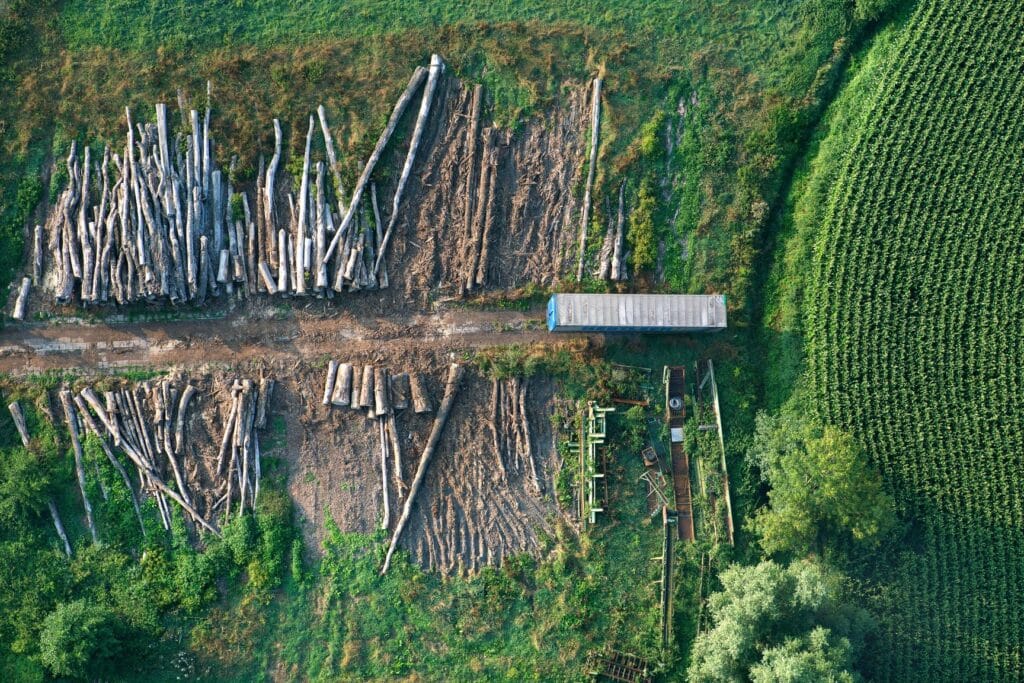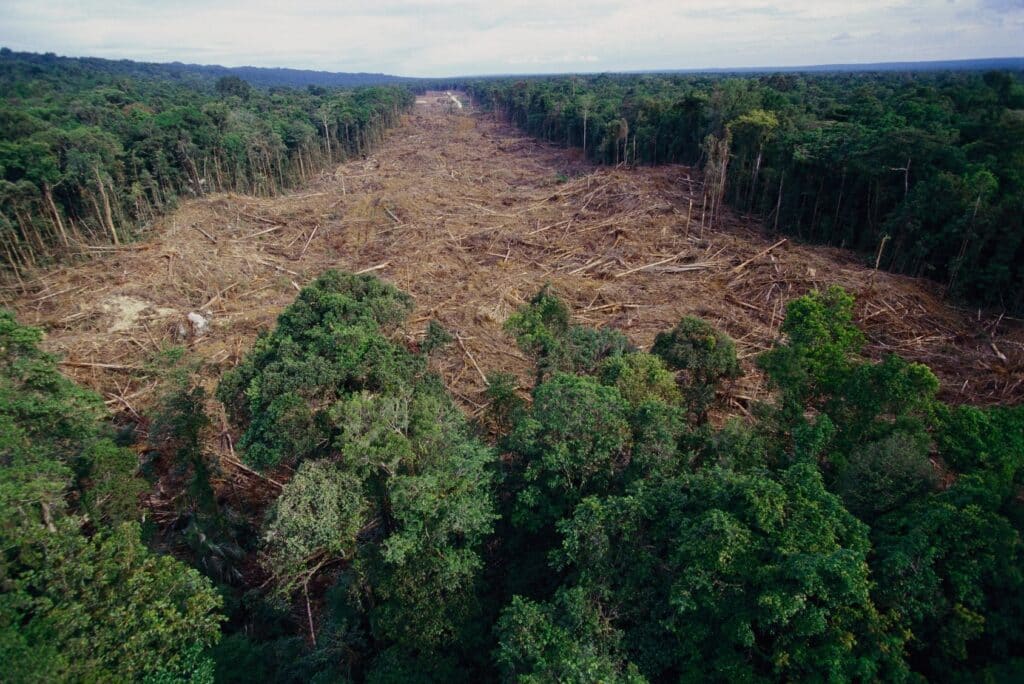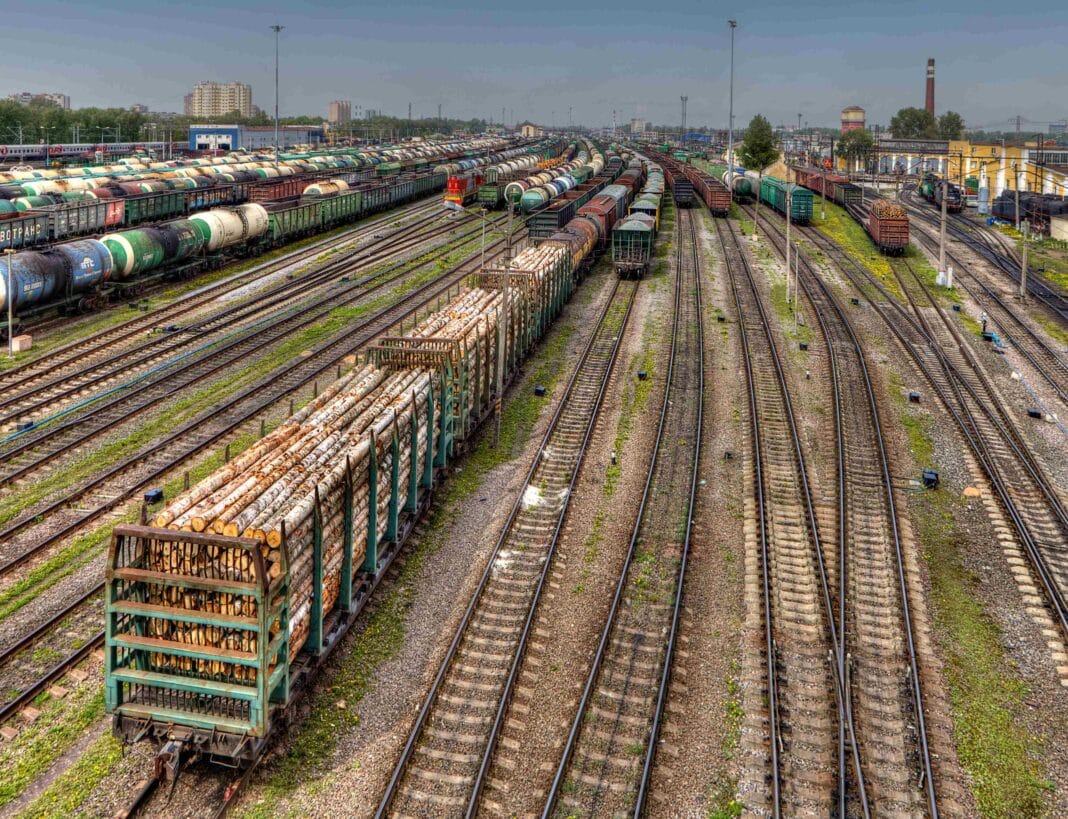Scientists are using state-of-the-art tech to correctly trace the flow of timbers entering the EU from Russia and Belarus and have developed a new framework that policymakers can use to eliminate conflict timber worldwide.
That is, according to a new report published in Nature Plants, with global scientists now using “stable isotope ratio analysis (SIRA) and trace element analysis (TEA) is critical for establishing plant origin, tackling deforestation and enforcing economic sanctions.”
The report said, “Our pathway allows accurate timber harvest location verification and determination and provides a tool to scrutinize harvest location claims.”
The new tech has the potential to completely transform the global supply chain of forest-based products, which has, until now, relied on “origin declaration statements” and third-party certification schemes to verify and demonstrate the “chain of custody” from origin.
Developing the world’s largest reference database for Eastern European timber species (Betula, Fagus, Pinus, Quercus) tailored to sanctioned products; scientists can correctly predict, with 82% accuracy, “false claims” coming from Russia as well as harvest locations “within 180 to 230 km of the actual location.”

Before the invasion, 12% of all EU timber product imports under Chapter 44 of the Harmonized Tariff Schedule came from Russia and Belarus. And despite introducing the world’s strictest sanctions, conflict timber continues to infiltrate EU sanctions via third-party actors – including Belgium, where more than 280 tonnes of Russian timber have entered the bloc since March 2022.
However, the issue is that “demand for birch, beech, pine, and oak products remains high,” with “a rise in trade through secondary markets, suggesting efforts to disguise origin to evade sanctions.”
“Origin misdeclaration undermines the policy intent of sanctions/tariffs but also violates existing environmental laws, including the European Union Timber Regulation and UK Timber Regulation,” they continued.
“Enforcement officials implementing both timber import regulations and sanctions need scientific tools to interrogate the location of harvest claims (at the national, subnational, or even concession level).”
The new framework uses Gaussian process (GP) regression to predict timber harvest locations, adding that “GP regression models use values in sampled locations to estimate values in surrounding locations, allowing us to consider a continuous area.”

“This allows deriving the probability of observing a specific measurement at any location in the study area in a way that accounts for varying levels of prediction uncertainty,” which “incorporates trace elements and allows verification testing.”
Taking 929 timber samples across 11 Eastern European countries, it “can be applied to enforce sanctions and scrutinize harvest location claims under the European Union Timber Regulation, the UK Timber Regulation, and the European Union Deforestation Regulation.”
While accuracy varies from country to country, with the highest levels of accuracy in neighbouring countries (e.g., Ukraine declared to Romana) or similar latitudes (e.g., Ukraine declared to Croatia), “verification tests will improve as more precise harvest location claims are made (which is a condition of EUDR).”
The push to embrace stable isotope ratio analysis (SIRA) and trace element analysis comes as the EU announced a delay in introducing critical parts of its EUDR legislation.

(Photo Credit: Minden Pictures / Alamy Stock Photo)
As reported by Wood Central today, Brussels has responded to governments across Asia, Africa, and Latin America’s warnings that the new regulation would be “burdensome, unfair, and scare off investors.”
Instead, the EU will delay classifying countries into low, standard, or high-risk categories – shelving the controversial traffic-light system. Instead, it will designate all countries “as standard risk” to give them more time to prepare for the new legislation.
In addition, it has replaced the “country of origin” risk profile with a “regional” rating, meaning that countries could have different risk profiles based on the actual risk of deforestation.







